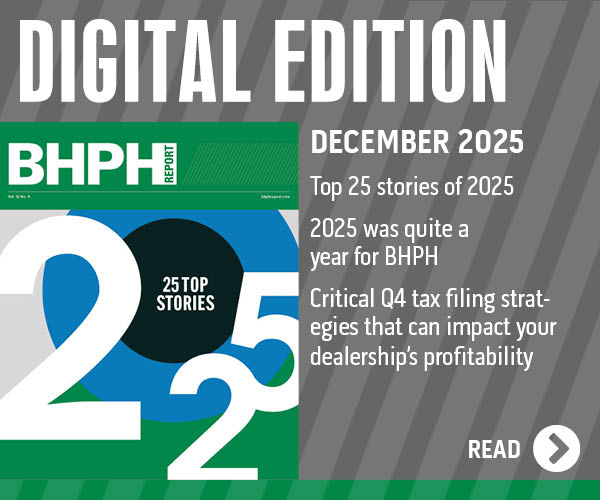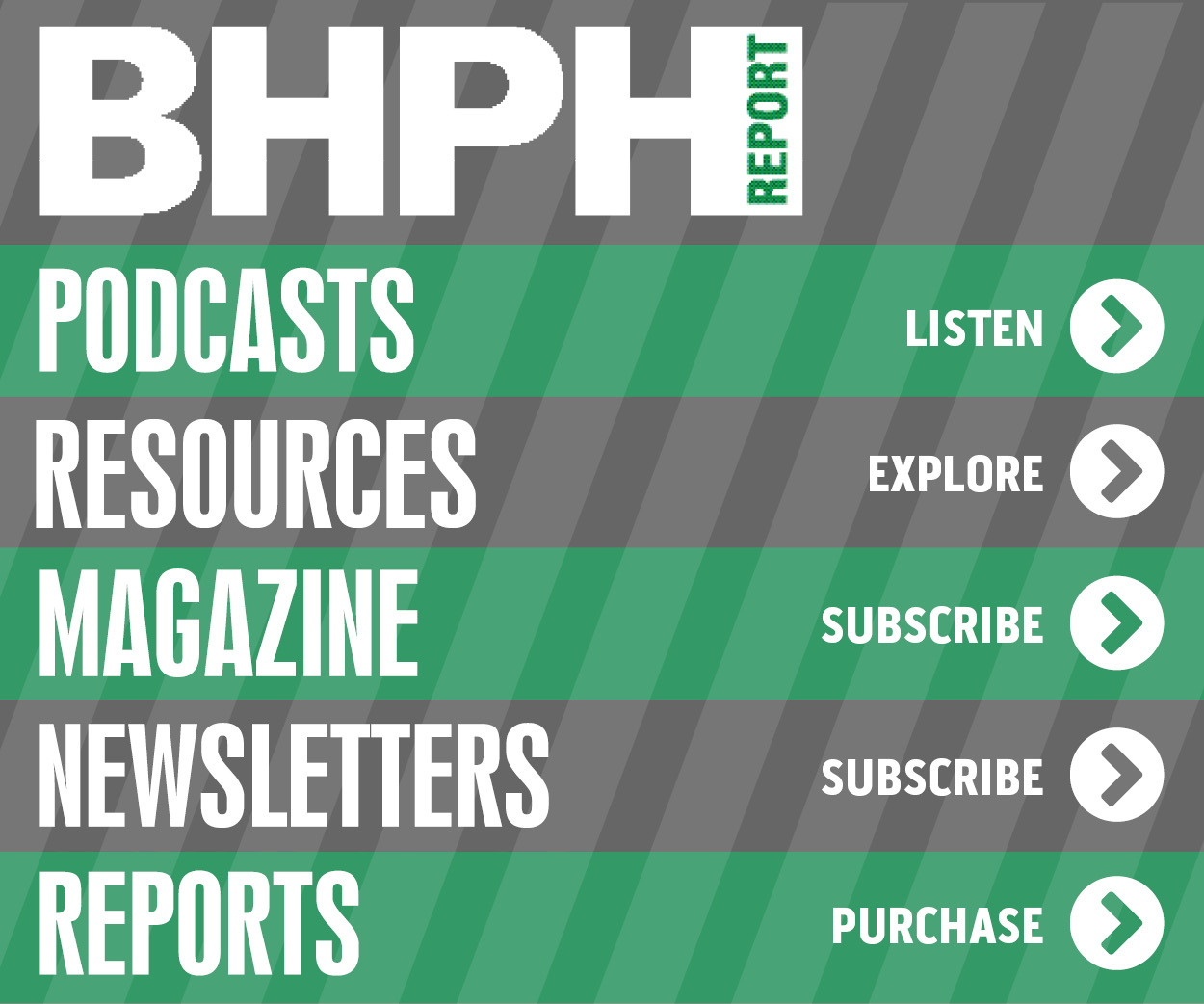Advice for identifying risk as you build your portfolio

By subscribing, you agree to receive communications from Auto Remarketing and our partners in accordance with our Privacy Policy. We may share your information with select partners and sponsors who may contact you about their products and services. You may unsubscribe at any time.
ATLANTA –
In the current issue of BHPH Report, we discussed what we classified as the “eight risk questions that might keep you up at night.” We spelled out each of those questions here.
Well, now let’s try to provide you some answers to those difficult questions so you can rest better. Let’s begin with how can we better identify risk as a buy-here, pay-here dealership?
Every approval model has, as a way of disclaimer, an accuracy percentage attached to it. The likelihood of someone going bad is known before approval, depending on which segment of the approval model they belong. If one decides to dip into the fifth decile of an approval model, which has 35 percent bad rate, versus only the second decile, which has only 10 percent expected bads, they will have also done the profiling to differentiate the bads in the fifth decile.
Therefore, if operators accept them into their books, the dealerships also have to be ready to manage them so that they can act as soon as the account starts to show signs of future misbehavior. This is a passive strategy.
An active strategy goes even further as to “shape” or train the right behaviors of those likely to be bad. Usually, this is the perfect hand off of the accounts from the approval model to the portfolio management models.
Once approved, knowing which accounts under management would most likely go “bad” is critical to managing the good. Early detection warrants immediate action.
Subscribe to Auto Remarketing to stay informed and stay ahead.
By subscribing, you agree to receive communications from Auto Remarketing and our partners in accordance with our Privacy Policy. We may share your information with select partners and sponsors who may contact you about their products and services. You may unsubscribe at any time.
What an advantage it would be to stand at the door of credit approval as hundreds of new accounts are scored and on-boarded.
As an account passes through various phases such as approval, activation and management, some go delinquent while others continue to repo or charge-off. From simply an origination score perspective, approvals have a known risk factor. Many origination scores predict the percentage of loss associated with a specific approval score band.
What we see however is fewer and fewer operators are assessing continued correlation between score bands and loss rates. Additionally, we also have to be prepared to ratchet up intensity levels of a work treatment strategy as accounts age based on its risk score.
Not only will we be able to assess portfolio quality this way but also a much more strategic approach to capacity and staffing.
Early risk modeling and performance scoring was a function of past historical payment experience, with some help from credit reporting data. Typically good data for new account approval but what we are talking to here is:
—Analyzing projected risk
—Strategy
—Course adjustments based on risk stratification.
Clustering known elements of risk attributes to deploy pre-established workflow strategies is critical to diverting known high loss potential accounts into unique queues so that they are worked with more efficiency, tracked by results and ultimately provide retrospective feedback as part of the risk artificial intelligence models.
Greg Shelton is president at Partners Consulting, a management consulting firm specializing in operational assessments, workflow reviews and strategic planning for management teams in the accounts receivable management industry. Maria Singson is president and chief executive officer of twoMS.co, which offers risk and marketing analytics to help companies target profitable segments mitigate risks. Shelton can be reached at (678) 575-1136 or [email protected]. Singson can be reached at [email protected] or (908) 499-4037.


